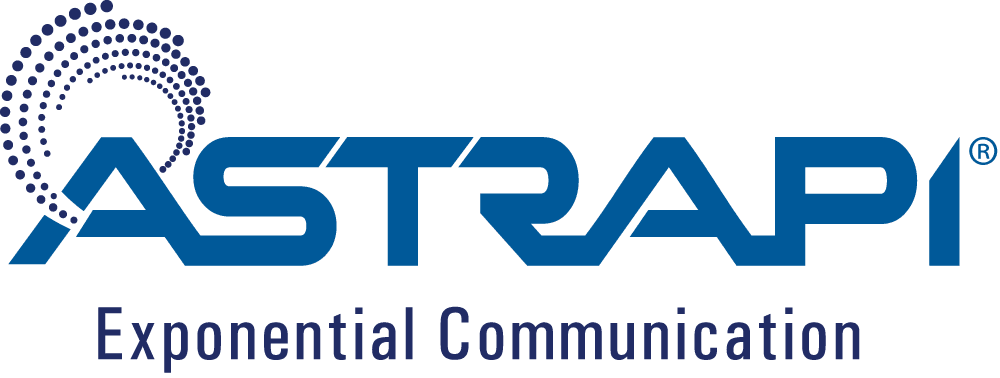NSF Grants Astrapi a TECP Supplemental Award to accelerate product roadmaps and commercialization of Spiral Modulation
The National Science Foundation (NSF) awarded Astrapi Corporation a Technology Enhancement for Commercial Partnerships (TECP) supplemental contract to the existing Phase II Small Business Innovation Research (SBIR) grant. This award will enable Astrapi to accelerate the transition of Spiral Modulation through a Software Defined Radio (SDR) platform into commercial and defense markets. Spiral Modulation provides a structured way to dramatically increase the flexibility of symbol waveform design and to use this additional flexibility to address key problems in telecommunications. The optimized waveforms will be embedded into the SDR for further testing and customer evaluation against specific communication channel conditions leading to improved radio performance.
“Our team has external validation and is now demonstrating a 3-4dB reduction in required signal power using Spiral Modulation in a Software Defined Radio platform. And we are doing this for alphabet sizes up to 256,” said Dr. Jerrold Prothero, Astrapi Founder and CEO. “The new TECP funding allows Astrapi to accelerate efforts to license Spiral Modulation into customer radios by clarifying and evaluating specific product road maps.”
Spiral Modulation provides benefits for a wide variety of commercial and defense communication networks, including satellite, defense, mobile, and Internet of Things. Astrapi is now actively establishing technology transition relationships with the modem, terminal, radio and sensor manufacturers that serve the communication networks.
“We are quite excited to advance our efforts to execute evaluation licenses and begin further testing the benefits of Spiral Modulation in our target customers’ Software Defined Radios. Our second-generation prototype is effectively a stem cell enabling testing to address specific customer needs and then to more rapidly scale into other platforms,” said David Shaw, Chief Commercialization Officer of Astrapi.
The dramatically increased spectral efficiency provided by Spiral Modulation can be applied to solving key communication problems that require improved signal power performance, higher data throughput, or lower spectrum usage. The current NSF TECP award follows NSF SBIR Phase I and Phase II projects which helped to develop and demonstrate these capabilities.
Follow this link to the NSF Awards page.
